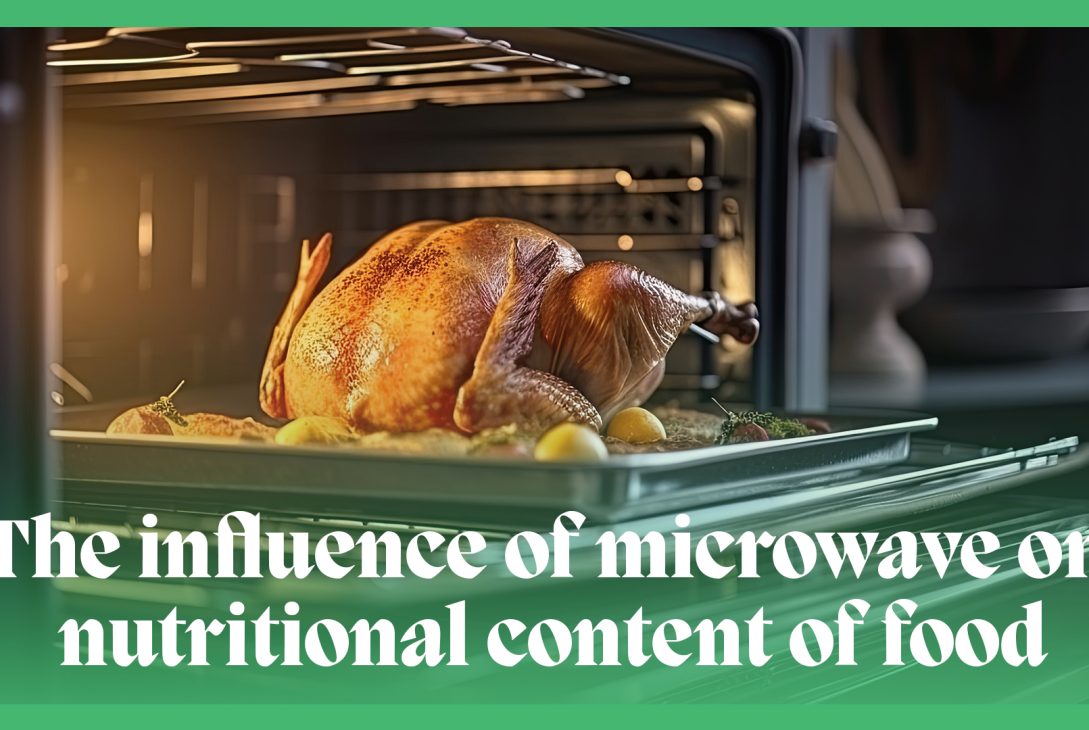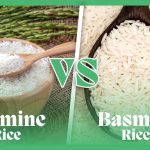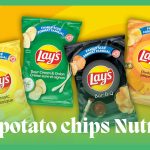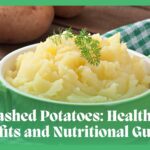One mid-afternoon weekday, Erin was heating some leftover food at her college dorm after finishing her classes. As she placed her food in the oven, she remembered a friendly discussion she had last week with her grandma about how microwaves kill nutrition. This found her contemplating this crucial question, “Am I compromising my health by microwaving my food?”
Given her curious personality, she commenced a quest to uncover the truth of this culinary mystery and discovered that this question does not have a single-word answer.
Let us join Erin as she steps foot into the fascinating world of microwaves and their impact on nutrition!
How do microwaves work?
Microwave ovens, impart microwaves- a type of electromagnetic radiation that falls between 30-30,000MHz, are a convenient source to heat food efficiently. In the U.S., it is the third most used method of cooking and heating food, after baking and grilling. A device called “magnetron” is located inside the oven that produces the microwaves. The food absorbs the produced waves in the oven that causes the water molecules in the food to vibrate. The vibration generates the heat due to friction, resulting in hot and warm food. Foods with high water content get heated quickly as compared to dry foods.
Microwaves use heat conduction for cooking thick foods. Outer layers of the food are heated, which transfers the heat to the center to keep the exterior crispy and the interior soft and moist. Some plastic containers should be avoided for heating food as they might melt in the microwave. The ideal containers for microwaves are glass, ceramic, and paper containers.

Is microwave radiation harmful?
Despite the public view of microwaves being deleterious for health, they are used in households extensively. Microwaves produce non-ionizing radiations that are generally considered safe. Most of the radiation doesn’t even leave the windows, as they are protected by metal shields and screens. The majority of the injuries reported are due to overheated containers or food exploding due to overheating.
There have been reports of health problems caused by exposure to electromagnetic radiation from microwaves like cancer, eye problems, or pacemakers, but they are not authentic. A study on the effect of radiation on eyes causing cataracts showed no solid evidence. Further investigations revealed other factors such as touching the beam while the oven was on or being at a very close distance (2).
Another study found no causal relationship between exposure to radiation and the growth of cancer cells (3). The study suggests that as long as the instructions from microwaves are followed, you are good to go.
According to the FDA, microwave companies do not need to mention the problems it might cause in people with pacemakers. However, radiation from microwaves affects people with pacemakers, but now pacemakers are designed to protect from any electrical interference.
Microwave ovens may cause some skin burns if you are exposed to high levels of radiation. The solution for all this is that the microwave should be in good condition and should be kept a safe distance of 1 meter while it is on (1).
World Health Organization also says that food that has been cooked or heated with a microwave does not retain radiation either.
Effect of microwave on nutrient content:
With increasing awareness, people are more eager to understand the nutritional content of the food along with its appearance, smell, and taste. We all know every form of cooking affects the nutritional value of food. Cooking method, time, and temperature are three of the major reasons the food loses some of the nutrients.
However, the longer the cooking duration, the higher the nutrient loss and vice versa!
Microwave cooking has reported an increased retention of nutrients as compared to other cooking methods due to shorter cooking times.
An older study investigated the protein quality of the beef and concluded that the nitrogen and amino acid loss is less in microwave cooking than in other conventional methods (4). Fat soluble vitamins especially Vitamin A do not show any kind of losses in microwave cooking. Whereas water-soluble vitamins, vitamin C, and some B vitamins are easily destroyed by heating, the shorter cooking time in microwaves may cause less loss of them. Boiling in comparison causes more nutrient loss than microwaves as the water-soluble nutrients in food might move out into the water. Minerals in general are not affected by any kind of cooking.
Microwave steaming or boiling is better than steaming in water on a hot stove as the latter causes more nutrient loss.
Moreover, microwaving has also been studied in terms of its antioxidant activity. A study carried out cooked the vegetables by boiling, microwaving, steaming, pressure cooking, etc and found that microwaving had the least loss of antioxidants in the food. Microwave protects the anthocyanins- colored water-soluble pigments, in colored foods like red cabbage.
Breast milk has been deemed safe for microwave heating as long as the temperature of the milk stays below 60°C; however, a study declared that microwave heating inactivates some of the amino acids in milk that may not be suitable for babies’ consumption. The findings of it weren’t confirmed by other researchers (6).
Cooking garlic-containing foods in the microwave just for 1 minute kills a compound called allinase known for its anti-cancer properties.
So, it all depends on the type of food to be cooked in the microwave, still, microwave cooking does not deplete the nutrient content with the exceptions of a few.
Formation of harmful compounds:
Cooking in general produces harmful compounds such as grilling meat on high heat, and frying gives rise to carcinogenic substances in food. Microwave heating in this regard is the safest method of cooking after boiling and steaming. This is because, in the microwave, the temperature usually does not go beyond the boiling point of water (100°C).
According to the FDA, plastic containers should be avoided for microwave cooking as some chemicals from plastic might seep into the food associated with cancer. Bisphenol A and Phthalates are carcinogenic compounds found in plastic containers that may be released into the food during microwave cooking, thereby increasing the risk of cancer.
Another carcinogenic substance, Acrylamides, is produced when sugar and starches are cooked at high temperatures in microwaves. Short exposure and low temperature may reduce the formation of this compound (5).
Try not to heat your food in plastic containers unless they are labeled microwave-safe.
Do microwaves make food toxic?
After going through all the benefits of microwaves, you might be wondering whether it has some downsides. The answer is simple: Yes. Microwaves are fine as long as you don’t overheat your food.
However, some studies suggest that defrosting your food in the microwave might not be a very smart idea, especially in the case of chicken or stew. That is because, microwaves heat your food from outside to inside, and so the heat will overcook and dehydrate your food from the outside but the insides will remain frozen.
The best way to defrost your chicken is to keep it in normal water where the temperature is constant for the heat transfer.
Apart from this, there are some foods and containers that should never see the insides of microwaves. Let’s discuss them one by one:
Food:
Chili pepper:
Chili peppers are one of the most important foods to not be kept in the microwave. They possess a compound called capsaicin that imparts the chili flavor. Upon heating, the capsaicin vaporizes within the microwave’s atmosphere and may expose you to harmful fumes when you open the door, thereby affecting your eyes, nose, and lungs.
Hard-boiled eggs:
Heating the eggs in the microwave releases steam that gets trapped in the white and may burst, hence releasing the steam as you cut the egg down.
Water:
Water in the microwave gets superheated without producing any bubbles and as you put a tea bag or a spoon, it might explode. So, heating the water is better in the kettle than in the microwave even if it takes longer time.
Potatoes:
Potatoes contain the bacteria clostridium botulism which multiplies when potatoes are not refrigerated right after cooking them. Reheating them doesn’t kill the bacteria and may cause an upset stomach upon consumption.
Processed meat:
Microwaving processed meats such as sausages, hot dogs and bacon may produce a compound known as cholesterol oxidation products (COPs) associated with coronary heart disease, inflammation, and plaque buildup. The best way to cook these meats is baking or sautéing them.
Tomato sauce:
Tomato sauce upon microwaving causes splatters that might get stuck to the walls or even burst open causing skin burns.
Frozen fruits:
Putting frozen fruits in the microwave causes the glucosides to convert into carcinogenic substances.
Dry food:
Dry food like uncooked rice or poultry is not safe to be cooked in the microwave. Uncooked rice may catch fire and raw poultry may lead to food-borne illnesses as it might leave some areas in the meat uncooked.
Containers:
Styrofoam:
Ready-made foods available in Styrofoam are not heat stable and may release harmful chemicals into the food.
Take-out containers:
The take-out containers are not suitable for microwaves as their metal handles may catch fire due to overheating. Metal containers overall are not advised to be put into the microwave.
Microwave cooking vs. other cooking methods:
The major difference between microwave cooking and other cooking methods is time duration. The difference between the cooking can be measured by color, texture, moisture, and vitamin content.
Microwave cooking is generally considered healthier as it needs less time, oil, fat, and water content.
There is no one-size-fits-all all! No cooking method is termed the perfect way to cook food; as long as you are following the instructions of the cooking method, you will be fine. Moreover, microwaves don’t make foods radioactive; in fact, they may retain the nutrient content in food efficiently and, therefore have a slight upper hand over other cooking methods. The main concern is to get enough vegetables and fruits into your belly, no matter how you prepare them!
References:
- https://doi.org/10.1016/j.jrras.2015.05.004
- Merckel C: Microwave and man-The direct and indirect hazards, and the precautions. Calif Med 117:20-24, Jul 1972
- Cancer Causes and Control, 1997, 8, pp. 323-332
- https://doi.org/10.1080/10408398209527340
- https://doi.org/10.3390/molecules25184140
- https://doi.org/10.1108/00346659510088654









